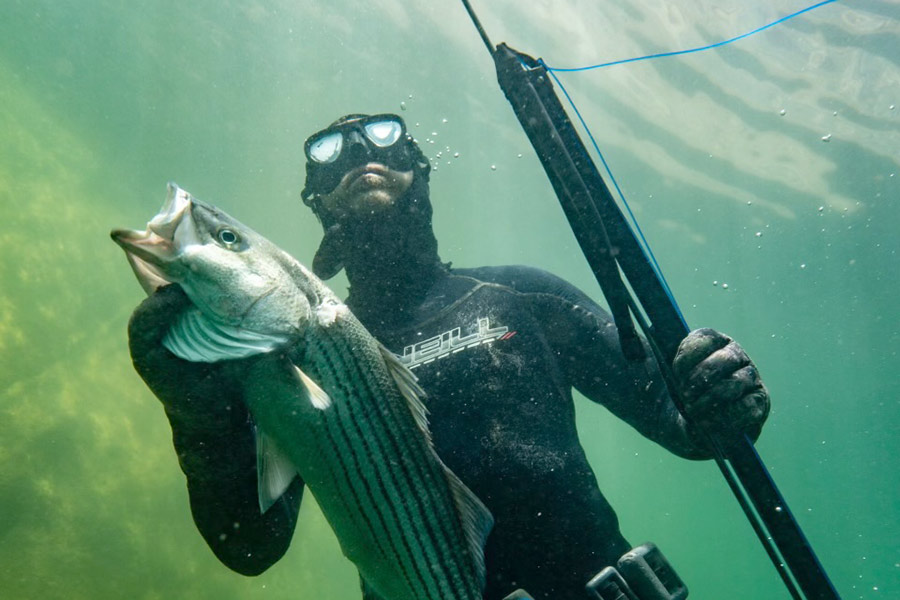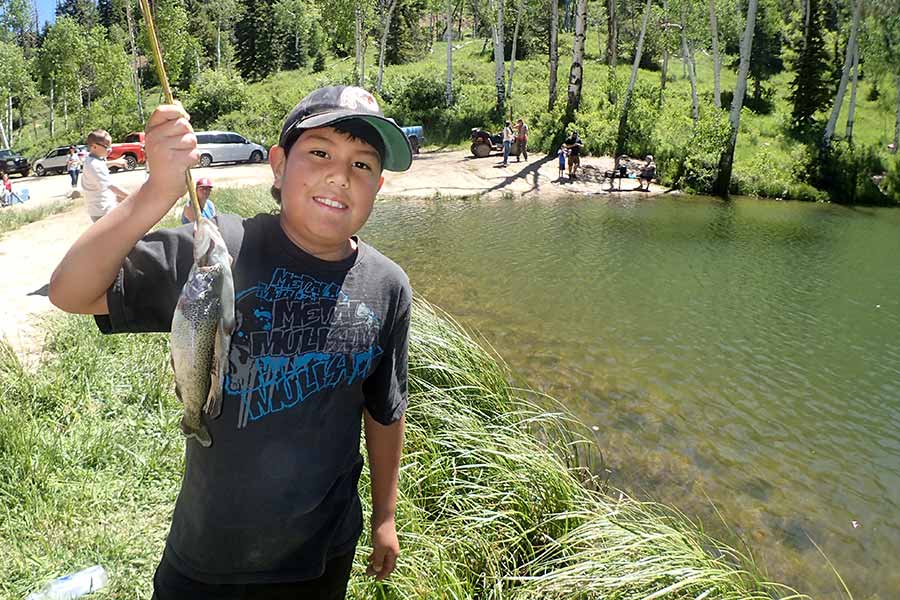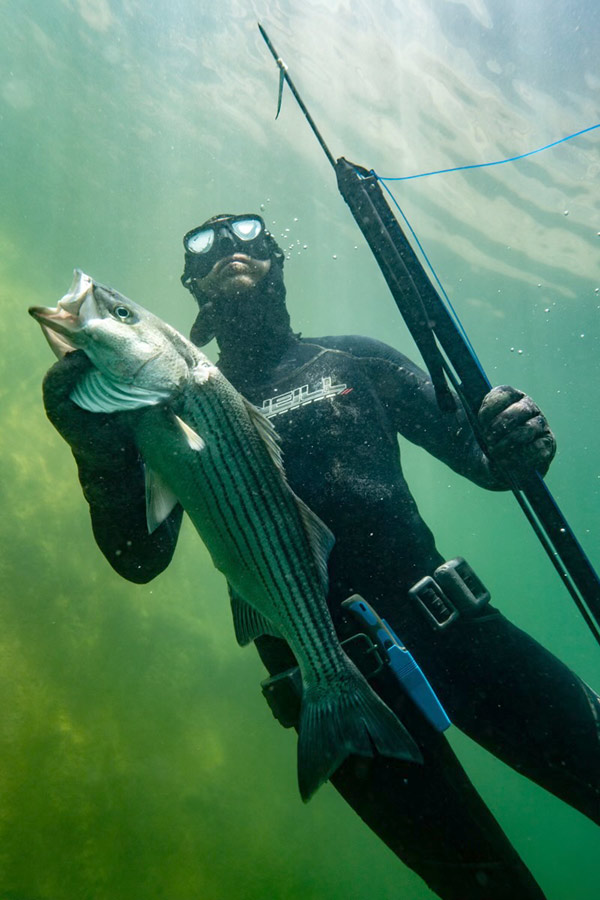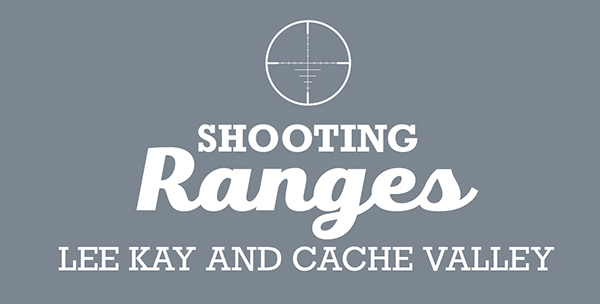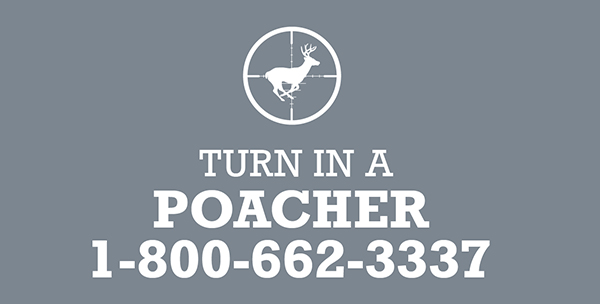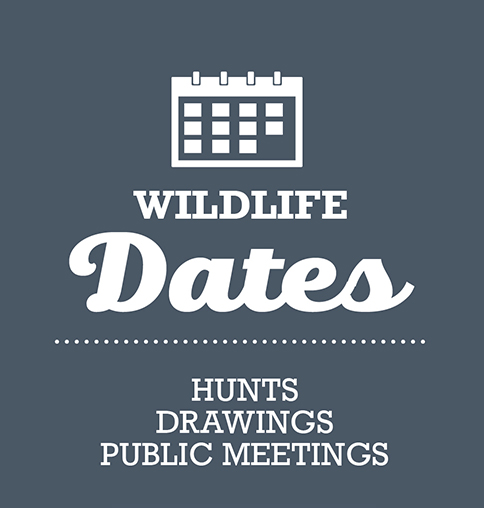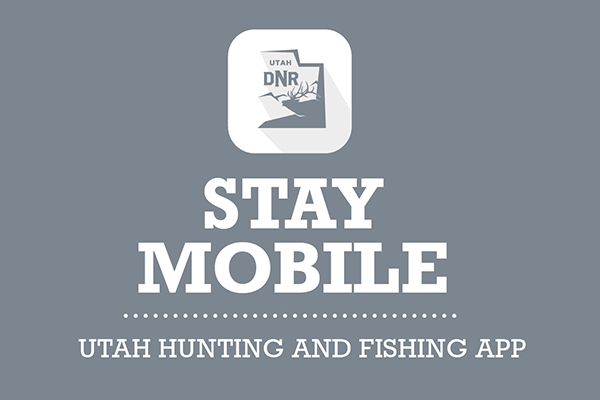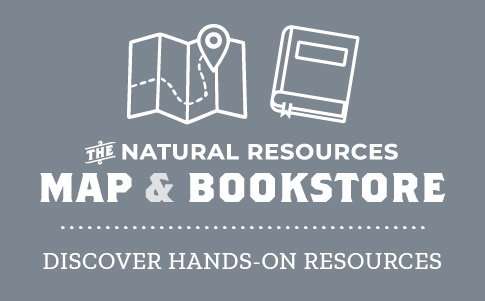Utah Wildlife Board approves 2 new community fishing ponds, changes to spearfishing
Salt Lake City — The Utah Wildlife Board approved two new community fishing ponds in Utah, as well as a few changes to other wildlife rules — including those for spearfishing and private fish ponds — during its public meeting Thursday. The board also approved a couple of items related to the Utah Conservation Permit Program.
New community fishing ponds
The Utah Wildlife Board approved two new community fishing ponds in Utah during the meeting. The community fisheries program launched in 2001, and with the addition of the two newest ponds, there are now 59 ponds across Utah. The DWR stocks these ponds annually with fish, and they provide a great close-to-home fishing option for residents. Utah has dozens of thriving fishing clubs and angler education programs in communities statewide, making its community fishing program one of the largest in the U.S.
The two new community fishing ponds will open next year:
- Roosevelt Nature Park Pond in Roosevelt, Duchesne County
- The Pond at Poulter Preserve in West Haven, Weber County
"We are excited for the new, accessible fishing opportunities that these ponds will provide for residents of these communities and for the collaboration with each of these cities and their recognition of the importance of outdoor recreation," DWR Sportfish Coordinator Randy Oplinger said.
Updates to spearfishing
After receiving feedback from local spear anglers who wanted additional spearfishing opportunities, the DWR surveyed anglers and also evaluated some waterbodies around Utah that needed increased harvest of specific fish species. The Utah Wildlife Board voted to approve the following changes to spearfishing in Utah:
- Clarifying that spear anglers are allowed to use underwater scuba equipment while spearfishing.
- Allowing spearfishing for Utah chub at all waterbodies that currently allow fishing.
- Allowing spearfishing for northern pike and white bass in Utah Lake, with no limit on either species for spearfishing. Northern pike were illegally introduced and have impacts on June suckers, a threatened fish species found only in Utah Lake and its tributaries. White bass are plentiful at Utah Lake and will provide another opportunity for spear anglers.
- Allowing spearfishing for northern pike in the Jordan River (with no harvest limit while spearfishing) to help remove the illegally introduced species.
- Allowing spearfishing for northern pike in all Utah Lake tributaries west of I-15 — except for the Provo River and the newly created Provo River Delta — in an effort to help remove an illegally introduced species. This will include American Fork Creek, Beer Creek, Dry Creek, Hobble Creek, Spanish Fork River, Spring Creek and Spring Run Creek. There will not be a harvest limit while spearfishing for northern pike in these areas.
- Allowing spearfishing for common carp at Jordanelle Reservoir.
- Allowing spearfishing for smallmouth bass at Quail Creek Reservoir.
"These new changes provide additional spearfishing opportunities and will help address illegal fish introductions since spear anglers can target specific species," Oplinger said. "With no harvest limit on spearfishing for some of these problematic species, spear anglers can help reduce the number of illegal fish in these waterbodies."
Private pond rule amendments
Previously, the rule guiding fish use in private ponds and aquaponics facilities in Utah was complicated and confusing. The wildlife board approved several rule changes Thursday that will help reduce the complexity and simplify the language in the rule to make it easier to understand.
One of the updates to this rule will now allow certain fish species to be stocked into private ponds that are screened and off channel, outside the Virgin River drainage, without requiring a certificate of registration. These stockable fish will include:
- Sterile salmonid species (i.e., trout, salmon, char, whitefish and grayling)
- Tiger muskie
- Triploid black crappie
- Wiper
- Triploid bluegill
- Triploid yellow perch
These are all sterile fish species, which means that they cannot reproduce. If they somehow escaped their enclosure (or private pond), they couldn't create reproducing populations in other nearby waterbodies and potentially impact native fish.
Other changes to the rule include:
- Allowing white sturgeon in an aquaponics facility without a certificate of registration, provided that the stipulations for operating an aquaponics facility without a certificate of registration are met.
- Requiring a certificate of registration to have a golden shiner in a private pond or aquaponics facility (previously, a certificate of registration was not required).
- Requiring private fish producers to provide their customers a letter issued by the DWR certifying that the fish are triploid.
- Clarifying in the rule (by referencing existing state code) that it is illegal to release fish and can result in a class A misdemeanor.
Conservation permit items
The Utah Conservation Permit Program was launched in 1980 in an effort to increase funding for conservation projects throughout Utah. Each year, the Utah Wildlife Board designates a small percentage of limited-entry and once-in-a-lifetime hunting permits as "conservation permits."
The conservation permits are offered to conservation and sportsmen's groups who then auction them at banquets, fundraisers and other events. After the auction, the conservation organization returns 30% of the money raised to the DWR. The conservation organizations may keep up to 10% of the proceeds to cover administrative costs, and the remaining 60% is held by the conservation organizations for a short time as they work cooperatively with the DWR to choose approved conservation projects to fund. The money raised from these permit sales goes directly toward conservation and research projects, including:
- Habitat restoration and enhancement work
- Movement and migration tracking of various wildlife species
- Wildlife transplants
- Aerial surveys
- Deer survival studies
Since 2001, conservation permits have generated more than $80 million for conservation work in Utah. If not for the revenue from these permits, the DWR and its partners would have much less funding to complete high-priority wildlife conservation projects. The conservation and expo permit funding has led to the enhancement of thousands of acres of crucial habitats — 41,897 acres last fiscal year alone. It has also allowed the DWR to conduct important research — including big game captures that help biologists learn about the migration and health of various wildlife species — which improves the management of big game populations.
The board voted to approve the audit and annual report for the conservation permit program for 2023.
The wildlife board also approved the dates for the regional advisory council meetings and Utah Wildlife Board meetings for 2024.
You can watch the full meeting on the Utah Department of Natural Resources YouTube channel.


